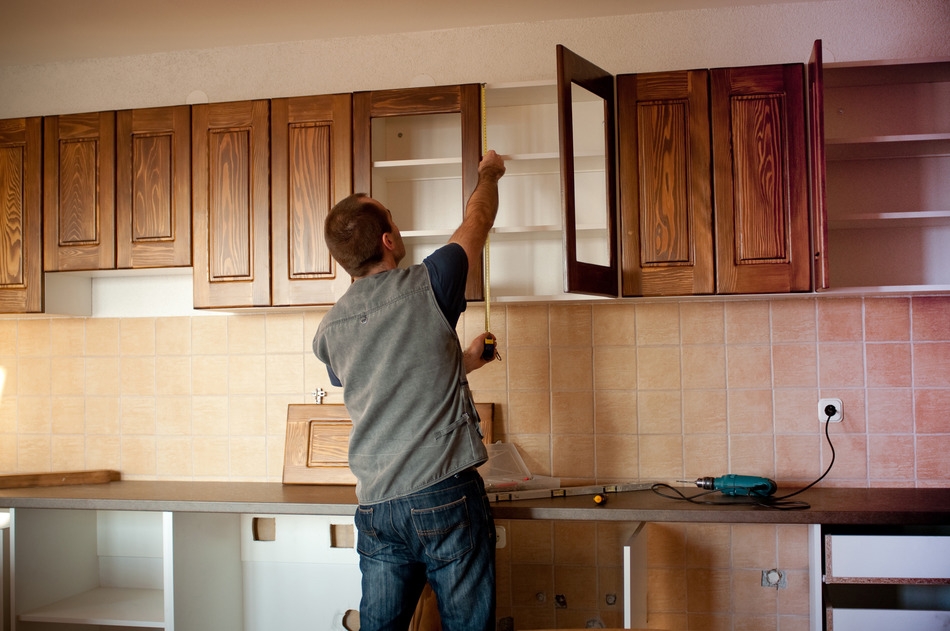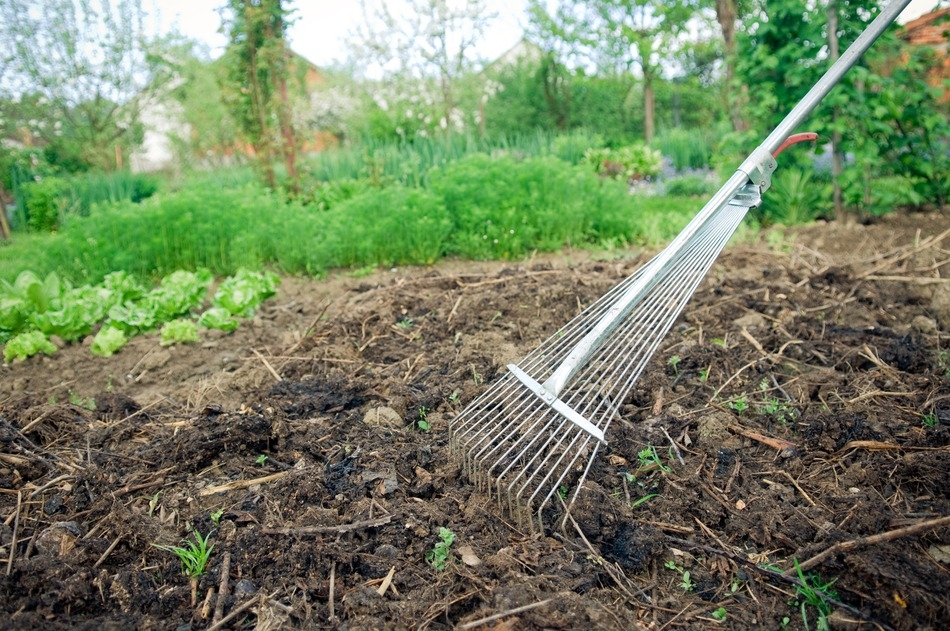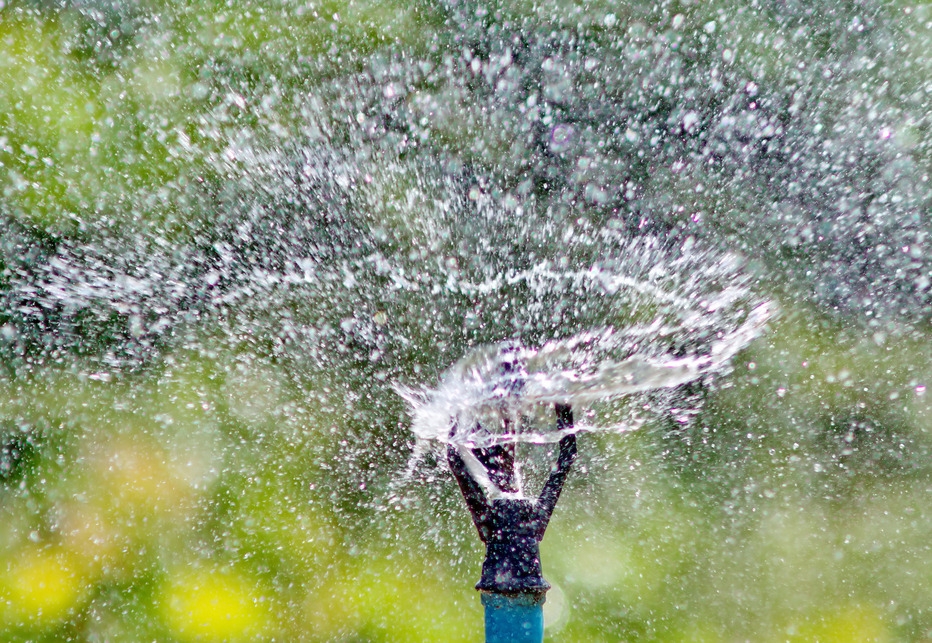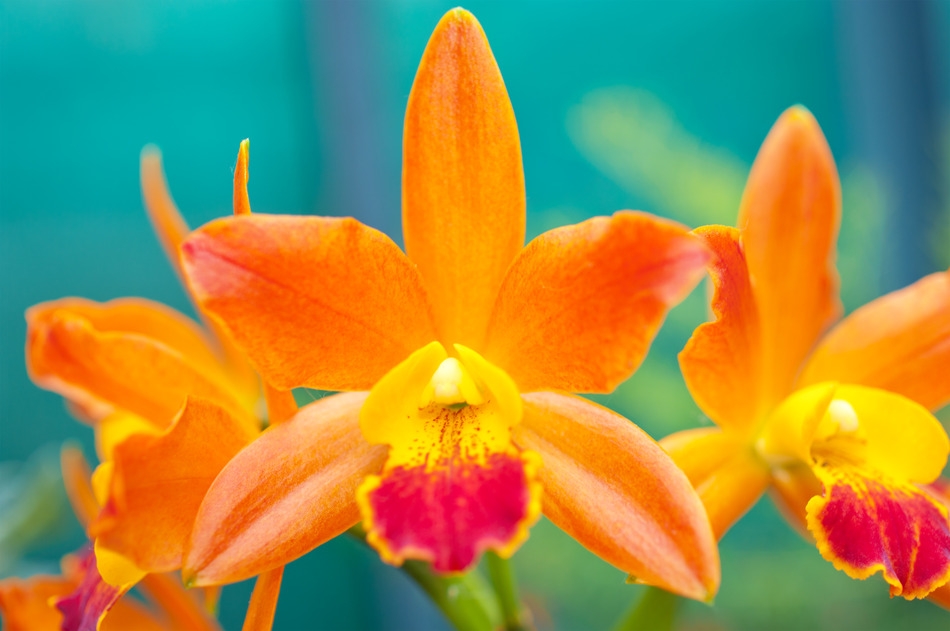Here are 7 house pick-me-ups that take about as much time as brewing a pot of coffee and fit your schedule whenever you have a few extra minutes.
Caught between your lack of time and the urge to give your home some spit and polish? Never fear. These ideas will add panache in no time at all.

1. Switch the plates. Upgrade your drab, plastic switch plates with snazzy covers that match or accent your décor. Even the most expensive brass switch plates cost less than $20 each. Or, spend a buck for a plastic plate and decorate it yourself. Use craft paint, or cover the plate with decorative paper. You also can switch outlet covers, but don’t get too fancy. Outlet covers should blend with the wall.
2. Touch-up boo-boos. A bit of new paint gives any room a fresh face, which is why you should keep extra color-matched paint after you remodel. Touch up banged-up baseboards, door and window trim, and wall marks that won’t wash away. Even spot painting requires care; use a drop cloth to protect other surfaces.
3. Change out drawer and door hardware. Upgrade your kitchen or bathroom by installing new pulls and knobs. Be sure to measure drawer pulls so you won’t have to drill new holes. Check out these cute and economical ($4.95 for 8) zoo dresser drawer knobs on Esty. Home improvement centers have a large selection of inexpensive pulls and knobs.
4. Update your mailbox. Bump up curb appeal by spray-painting your old mailbox. You can freshen the same color, or go wild with bright hues. Don’t forget to scrub off dirt and rust before painting with rust-proof paint ($6 to $12 for a 10-ounce can; lots of decorative textures and colors).
5. Play the numbers game. Decorative house numbers and plates give your home a custom and classy look. Some numbers are quick peel-and-stick affairs; others you’ll have to screw in. They’re made of wood, plastic, brass, stainless steel, and other materials; $6 to $30 each.
6. Embellish your throne. A new toilet seat gives you a regal bearing. Plastic and enameled seats ($12 to $25) in a rainbow of colors add a dash of panache; a solid wood mahogany or walnut seat ($45-$60) makes an executive statement; cushioned seats ($15 to $20) won’t make a lasting impression — and that’s a good thing.
7. Declutter. You’ll be amazed how a 15-minute daily declutter can make a room look like new. First, get rid of stuff from your fridge door: that large, blank canvas will immediately brighten your kitchen. Corral mail and papers in decorative boxes with tops that can close and hide the mess. Organize school supplies in caddies. Every day, tame a new spot.





